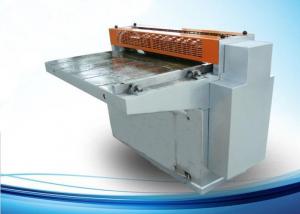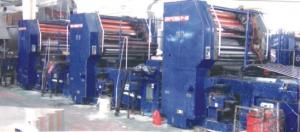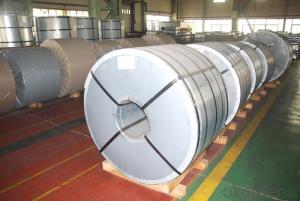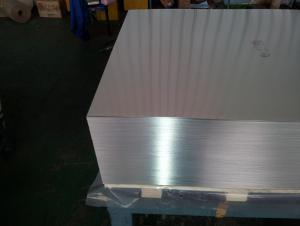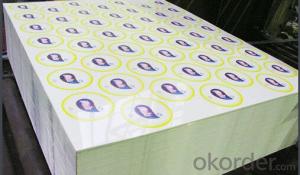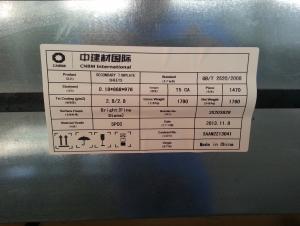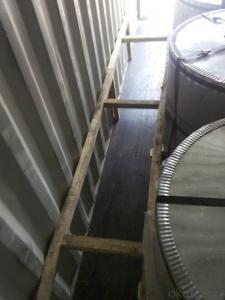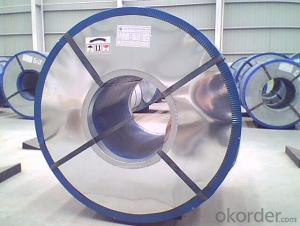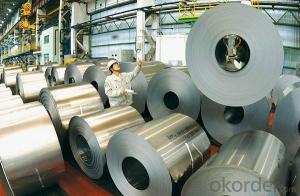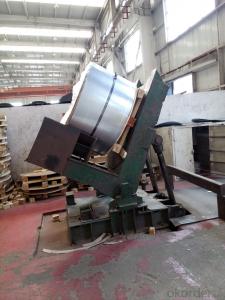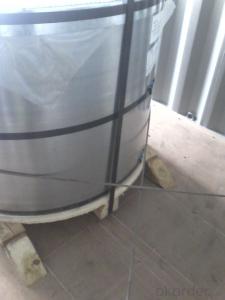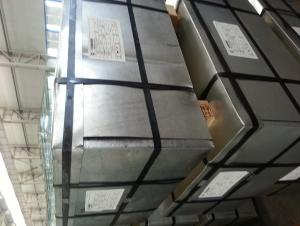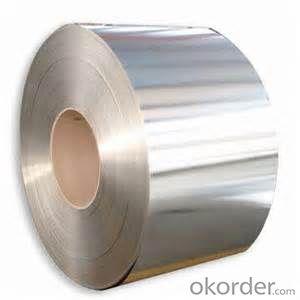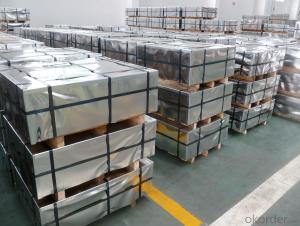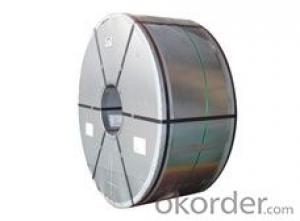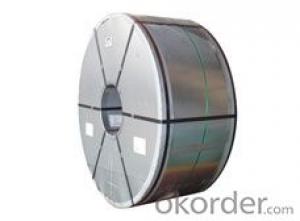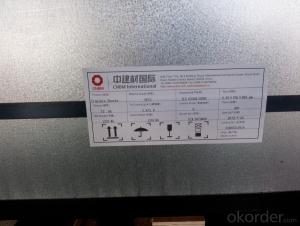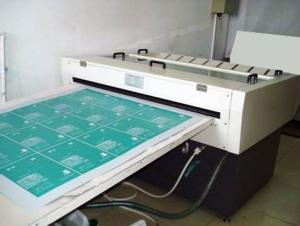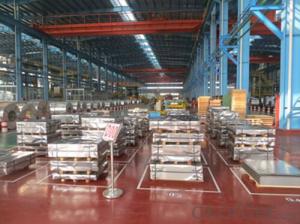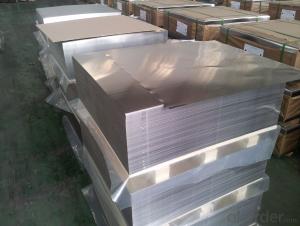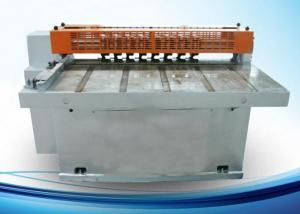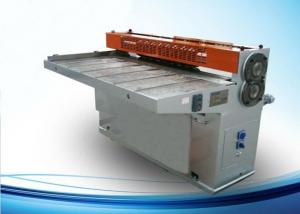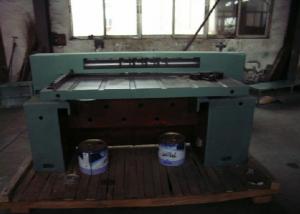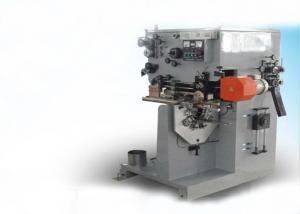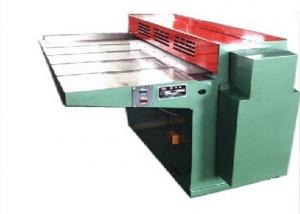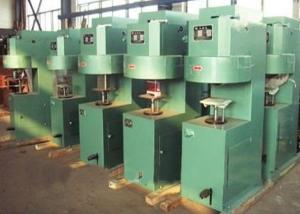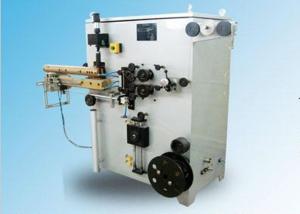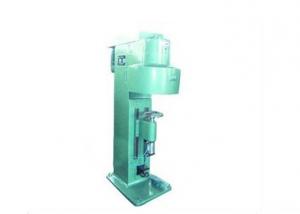Tinplate Shortage
Tinplate Shortage Related Searches
Tinplate Printing Printing Tinplate Tinplate Production Printed Tinplate Buy Tinplate Tinplate Recycling Tinplate Packaging Tinplate Market Tinplate Material Tinplate Suppliers Tinplate Factory Tinplate For Sale Tinplate Coating Tinplate Manufacturers Tinplate Products Tinplate Cover Tinplate Producers Printing Tinplate Sheet Tinplate Tins Tinplate Sheets Nse Tinplate Tinplate China Tinplate Company Tinplate Share Tinplate Printing Machine Tinplate Box Tinplate Food Packaging Tinplate Layout Tinplate Projects Price Of TinplateTinplate Shortage Supplier & Manufacturer from China
Tinplate Shortage refers to the scarcity of tin-coated steel sheets, which are widely used in various industries for packaging, construction, and automotive applications. These products are known for their excellent corrosion resistance and formability, making them ideal for a range of applications, from food cans to automotive parts. Due to their versatility, tinplate products are in high demand across different sectors, and their usage scenarios are constantly expanding as new technologies and applications emerge.In response to the growing demand for tinplate products, Okorder.com has positioned itself as a leading wholesale supplier, offering a vast inventory of tinplate sheets and related products. This ensures that customers can find the exact specifications and quantities they require, even during periods of Tinplate Shortage. By maintaining a large inventory, Okorder.com is able to provide reliable and consistent supply to its customers, helping them navigate through market fluctuations and ensuring that their production lines remain operational.
Hot Products
